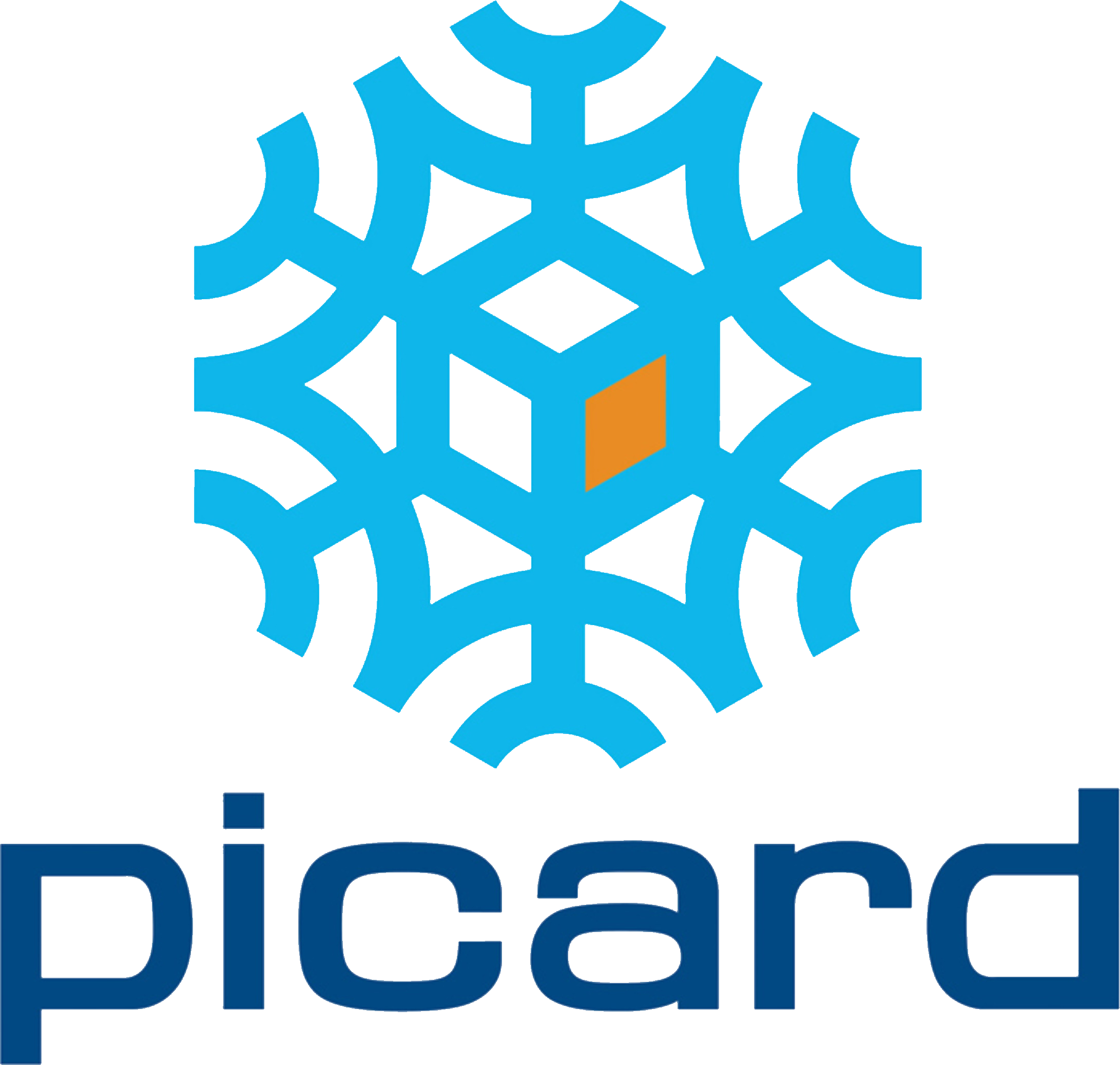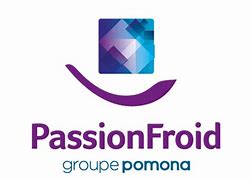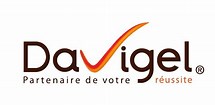Summary
The global frozen food market has grown significantly, with the European market accounting for over 35% of the total. In particular, Europe is characterized by high consumption in countries such as Germany, the UK and France. The market is driven by growing consumer demand for convenience and ready-to-cook meals, particularly among millennials with busy lifestyles. A report by Grand View Research estimated the market to be worth $177.07 billion in 2021, with CAGR projections of 5.2% leading to $279 billion by 2030. This growth is partly attributed to the expansion of supermarkets and hypermarkets. The fast-food sector, a major consumer of frozen ready meals, has also seen an upward trend, with a recovery following the COVID-19 directive leading to 5% growth in the out-of-home catering market in 2021 compared with 2020, but still down 11% on 2019 levels.
Due to the impact of the pandemic on eating habits, such as the increase in home cooking and the convenience of frozen foods during restaurant closures.
Transformative trends in the French frozen food market
The frozen food market in France has witnessed a wide range of transformative trends over the years, shaping consumer preferences and driving market growth. Despite setbacks such as the horsemeat scandal that shook consumer confidence, the French frozen food market has bounced back, performing robustly with sales reaching around €9 billion and a staggering 2 million tons. Notably, almost all French households - 98.6% - consume frozen foods, indicating substantial market penetration.
One notable trend in the French market is the growing demand for convenience in meal preparation. As lifestyles become increasingly hectic, consumers are turning to frozen foods that require a minimum of preparation effort. This trend has catalyzed the growth of the ready-to-heat meals sector, which accounts for the lion's share of the frozen food market in the USA, and a similar trend is emerging in France. At the same time, the fast food industry, known for its intensive use of frozen ready meals, has become a major growth driver for the frozen food market. The fast-food sector rebounded strongly after the COVID-19 affair, indicating that consumers' shift towards convenient eating habits is sustainable.
In addition, the trend favors companies offering frozen food solutions to a variety of institutions, including educational establishments, retirement homes, healthcare facilities, as well as catering services. For example, the number of secondary schools has risen slightly, driving up demand for frozen products for canteen meals. In line with this institutional demand, distribution channels for B2C frozen products have been diversified, with supermarkets and hypermarkets leading the way.
Generalist stores such as Carrefour, E. Leclerc and Intermarché account for a dominant market share of around 58% in the supermarket segment. However, specialist frozen food stores are also gaining ground, with banners such as Picard, Thiriet, Place du Marché and Ecomiam expanding their presence. Picard, in particular, has over a thousand stores in France, while Thiriet, although second in terms of market presence, has an 87% preference for products of French origin. The dynamics of this sector indicate that consumer preferences are moving strongly towards products whose local origin is recognized, and towards an increased offer in the organic segment.
Interestingly, technological advances also suggest a potential move away from traditional freezing methods. For example, hydrotreatment protection now offers an alternative that could be extended to other products
As we explore the frozen food market, we come across a constellation of key players who have played a decisive role in shaping the sector's current structure. Each entity, with its unique strengths and strategies, has marked its territory in this cold, competitive world. Here's a closer look at the key contributors who are keeping a cool head in the marketplace:
- Picard: The undisputed specialist and market leader Dominating the frozen food retail landscape, Picard is a model of success and influence. With over a thousand stores throughout France and a commitment to offering a wide range of high-quality frozen products, Picard is the preferred destination for many freezer connoisseurs. The company's commitment to stocking a majority of products of French origin and the continuous innovation in its product ranges keep it relevant and respected.
- Thiriet: Strategic expansion Second only to Picard in terms of market presence, Thiriet is a strong contender in the specialized frozen food distribution sector. The brand is not content with its significant market share, but is also looking to expand its footprint through strategic partnerships with general retailers and innovative store concepts that respond to consumers' evolving taste for "eating well"
- Place du marché (formerly Toupargel): The phoenix rises from the ashes Formerly known as Toupargel, Place du marché has had an inspiring post-sale turnaround story. Today, with strong sales, it has firmly positioned itself in the market, demonstrating resilience and a strong comeback spirit.
- Ecomiam: Quality advocate with local pride As a leading name in specialist distribution, Ecomiam boasts a product range with a strong emphasis on French origin, and a vast choice that caters for changing tastes, including organic options. Its strategy of investing in marketing and exploring environmentally-friendly packaging solutions illustrates its alignment with modern consumer values and environmental awareness.
These key players, along with other participating brands, define the contours of the frozen food market through their operational tactics, commitment to quality and customer-focused innovation. Their collective efforts not only drive the industry forward, but also ensure that consumers' freezers are never short of delectable, convenient meal options.
to understand this market
Detailed content
 Inforamtion
Inforamtion
- Number of pages : 30 pages
- Format : Digital and PDF versions
- Last update : 19/05/2023
 Summary and extracts
Summary and extracts
1 Market overview
1.1 Presentation and definition
Deep-freezing is the process of rapidly lowering the temperature of a foodstuff, while still fresh and wholesome, to -18°C at the core. Freezing, a similar but less efficient process, offers less rapid cooling.
There are several techniques for freezing a product:
- Contact freezing, reserved for thin foods (fish fillets, for example), is achieved by introducing the food between two plates through which a fluid circulates at -35°C.
- The forced-air circulation technique, better suited to smaller products such as vegetables, involves placing products in tunnels where freezing air (-35°C) circulates rapidly.
- The immersion method, adapted to irregularly-shaped products, involves immersing the food in a fluid at a very low temperature, such as liquid nitrogen.
- IQF (Individually Quick Frozen) involves immersing foodstuffs in a liquid gas. More expensive, it is better suited to fragile products.
These complex industrial techniques mean that the core temperature of products must always be maintained below -18°C, which presents distributors with a real technical challenge.
This study on frozen products will focus on the different market segments, business-to-business and business-to-consumer, and the different forms they can take. Regarding B2C trade, the GSA (Grandes Surfaces Alimentaires) is in the lead, with total sales of 2.4 billion euros in 2021, compared with 921.2 million euros for specialist chains. [LSA]
1.2 The global market
According to a study by Grand View Research, the global frozen food market is estimated at $***.** billion in ****. Average annual growth is expected to be *.*% between **** and ****, generating sales of $*** billion by ****. The creation of supermarkets and hypermarkets has driven market growth in recent years.
The trend in frozen food market ...
1.3 The French frozen food market
The frozen food market has been particularly turbulent in recent years following the horsemeat scandal from the Spanghero factory. It turned out that Findus had been selling products labeled "pure beef" when they were made from horsemeat. The ensuing investigation revealed the weaknesses of meat traceability in Europe and eroded consumer ...
1.4 Foreign trade
Given the variety of frozen products on the market, in this category, we focus on foreign trade in frozen beef, one of the most critical segments of the European frozen food market.
Using the UN Comtrade website, it is therefore possible to obtain the graph below corresponding to foreign trade associated ...
1.5 Covid-19 pandemic boosts frozen food market
The Covid-** crisis has positively impacted the frozen food market in France. Indeed, with government-imposed restrictions such as confinement and restaurant closures, the French have been led to spend more time at home, turning to frozen foods to facilitate their daily diet.
More specifically, the sweet frozen food segment saw its ...
2 Demand analysis
2.1 Fast food, a growth driver for frozen ready meals
The fast food market growth drives demand for frozen products, mainly frozen-ready meals. With increasingly busy lifestyles, consumers are looking for practical solutions for their meals. Frozen ready meals offer a quick and convenient option while allowing consumers to control ingredients and choose healthier options. This trend is contributing to the ...
2.2 Foodservices
Another demand segment, Business to Business this time, is the sale of frozen products to catering establishments. These include :
Educational establishments Retirement homes and social establishments Companies and government bodies Hospitals and health establishments Catering
Education
There will also be a slight increase in the number of public and private secondary ...
2.3 Traditional catering
Restaurants can call on wholesalers for frozen food deliveries as part of their B*B business.
Trends in French household consumption of catering services
The graphs below illustrate several indicators representative of the traditional food service market (***).
Number of businesses registered under NAF code ****A (***) France, ****-****, in number of establishments Source: ...
3 Market structure
3.1 BtoC distribution - Food superstores
The business-to-consumer segment corresponds to the distribution between a company and a consumer.
A survey carried out by YouGov in **** gives an idea of the distribution channels for frozen foods preferred by the French.
Answer to the question "Which retailer do you usually buy your frozen food from?" France, ****, in Source: ...
3.2 B2C distribution - specialized channels
Among the most important are Picard, Thiriet, and Ecomiam. [***]
Picard
Picard, with its *,*** stores in France, remains the undisputed leader in the specialist retail channel,by the beginning of ****, Picard will have *,*** stores. The company achieved sales of *.* billion euros in ****, a figure stable compared with previous years. Picard also has ...
3.3 Business to Business distribution
Business-to-business distribution, which involves the delivery of frozen products between two companies, accounted for **% of the frozen food market in **** according to Unigrains data. This type of distribution can occur between a frozen food manufacturer (***).
Gira Foodservice has collected data on this distribution segment. This data dates back to **** but gives ...
4 Offer analysis
4.1 Frozen products on the market
To build an overview of the frozen food offer, we can analyze the request of Picarda specialized retailer. The company distinguishes between :
fruit and vegetables meat and poultry fish and shellfish
These dishes can be sold in various forms:
aperitifs starters, tarts, and salads ready-made meals breads and pastries pastries ice ...
4.2 Low prices and frozen food prices
Prices for private customers
By analyzing prices of Picard products, we can establish that they are :
between *.** euros and * euros for vegetables ; between *.** euros and * euros for fruit; between * euros and * euros for meat and fish products.
Prices for food professionals
When selling frozen products to food professionals, it is essential ...
4.3 Towards the obsolescence of deep-freezing?
Hydroprocessing protection: a revolution?
Agro Media notes that advances have been made in food preservation recently. For example, the Centre de Développement Bioalimentaire du Québec has developed a new food preservation process: the "hydroprocess de protection," or HPP for short.
HPP involves vacuum-packing pressure-resistant foods and subjecting them to ...
5 Regulations
5.1 Respecting the cold chain
All players in the frozen food market (***) are obliged to respect the cold chain, i.e., to ensure that frozen foods are kept at a negative temperature that complies with regulations. The core temperature must always be below -**°C and the ambient temperature between -**°C and -**°C. This ...
6 Positioning the players
6.1 Segmentation
The following segmentation is used:
- Auchan groupe
- Picard Surgelés
- Place du Marche (Toupargel)
- Thiriet
- Maximo
- Pomona Groupe (Passion Froid)
- Sysco Groupe - Davigel
- Transgourmet France
- Martin-Brower France
- Orly Gel
- M&M Quality Food
- Ecomiam
- Boncolac
- Bonduelle Groupe
- Ajinomoto
- Escal Sea Food
- Carrefour Groupe
- E.Leclerc
- Findus France
- Fleury Michon
- Iglo (Nomad foods)
- McCain Food
- Sodebo
- Cargill France
- Routhiau Groupe
 List of charts
List of charts
- Trends in frozen food market size
- Breakdown of frozen food market size by product type
- Sales (excl. VAT) of frozen food retailers
- Fast food sales (NAF code 56.10C)
- Answers to the question "At work, where do you eat most often?"
All our studies are available online in PDF format
Take a look at an example of our research on another market!
Latest news
Companies quoted in this study
This study contains a complete overview of the companies in the market, with the latest figures and news for each company. :
 Choosing this study means :
Choosing this study means :
Access to more than 35 hours of work
Our studies are the result of over 35 hours of research and analysis. Using our studies allows you to devote more time and added value to your projects.
Benefit from 6 years' experience and over 1,500 industry reports already produced
Our expertise enables us to produce comprehensive studies in all sectors, including niche and emerging markets.
Our know-how and methodology enable us to produce reports that offer unique value for money.
Access to several thousand articles and paid-for data
Businesscoot has access to all the paid economic press as well as exclusive databases to carry out its market research (over 30,000 articles and private sources).
To enhance our research, our analysts also use web indicators (semrush, trends, etc.) to identify market trends and company strategies. (Consult our paying sources)
Guaranteed support after your purchase
A team dedicated to after-sales service, to guarantee you a high level of satisfaction. +44 238 097 0676
A digital format designed for our users
Not only do you have access to a PDF, but also to a digital version designed for our customers. This version gives you access to sources, data in Excel format and graphics. The content of the study can therefore be easily retrieved and adapted for your specific needs.
 Our offers :
Our offers :
the frozen food market | France
- What are the figures on the size and growth of the market?
- What is driving the growth of the market and its evolution?
- What is the positioning of companies in the value chain?
- Data from several dozen databases
Pack 5 études (-15%) France
- 5 études au prix de 75,6€HT par étude à choisir parmi nos 800 titres sur le catalogue France pendant 12 mois
- Conservez -15% sur les études supplémentaires achetées
- Choisissez le remboursement des crédits non consommés au terme des 12 mois (durée du pack)
Consultez les conditions du pack et de remboursement des crédits non consommés.





 Fleury Michon, the king of ham, bets on plant-based products with vegetable slices - 28/03/2024
Fleury Michon, the king of ham, bets on plant-based products with vegetable slices - 28/03/2024
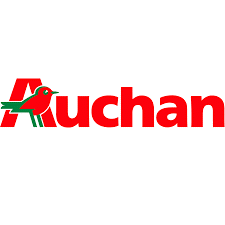 Auchan faces another "difficult" year in 2023 - 22/02/2024
Auchan faces another "difficult" year in 2023 - 22/02/2024
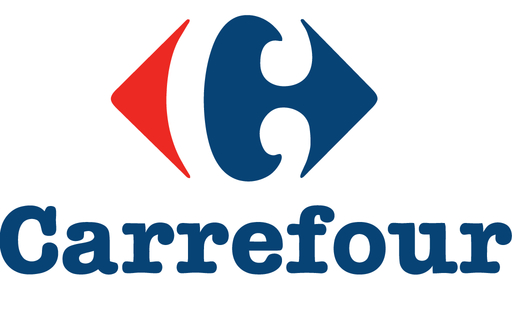 80 Carrefour hypermarkets operated under franchise or leasing agreements - 14/11/2023
80 Carrefour hypermarkets operated under franchise or leasing agreements - 14/11/2023
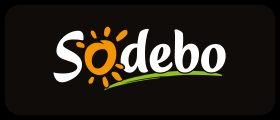 Sodebo explores vending with FreeGo - 24/10/2023
Sodebo explores vending with FreeGo - 24/10/2023
 Cargill invests 50 million euros and sets up R&D center in Loiret - 21/10/2023
Cargill invests 50 million euros and sets up R&D center in Loiret - 21/10/2023
